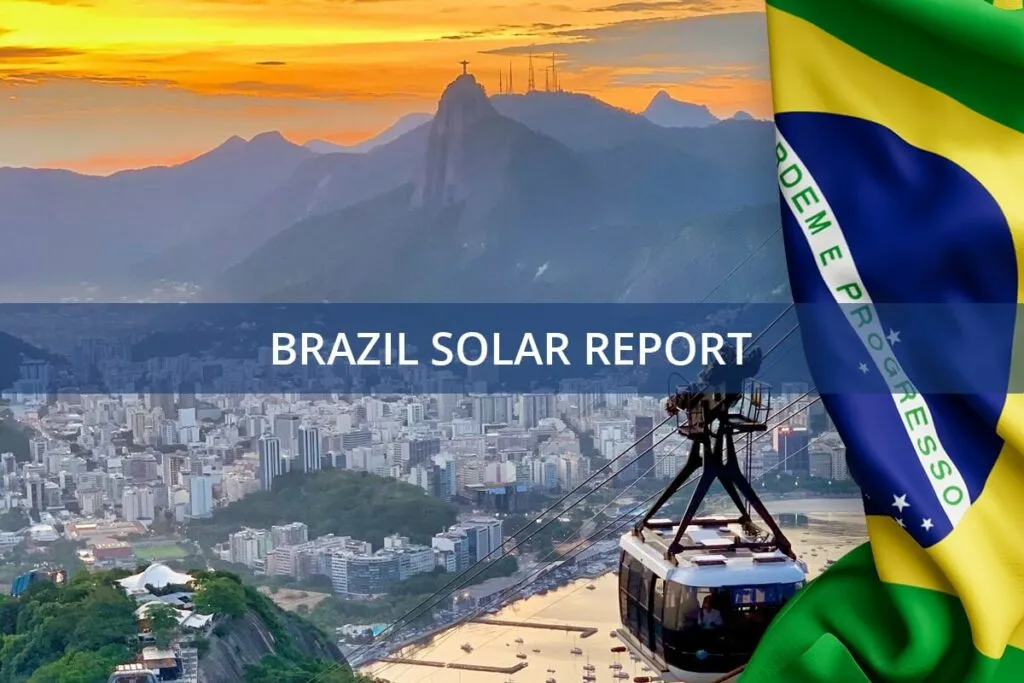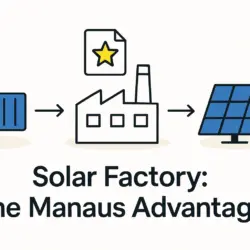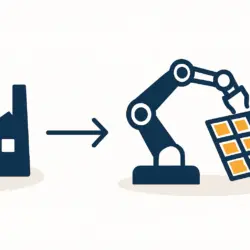Brazil is facing a significant renewable energy crisis, a paradox born from its own success. The country is projected to lose an astonishing 20 TWh of clean energy annually by August 2025 due to curtailment. According to a report from Renewables Now, approximately 4.5 GW of wind and solar projects have already been affected by this issue, a figure expected to nearly double to 8.5 GW by 2025.
This situation has been described as the “biggest crisis in the history of the Brazilian wind sector,” highlighting a critical mismatch between rapid generation growth and the infrastructure needed to support it. While Brazil has successfully attracted investment and expanded its green energy portfolio, its grid has struggled to keep pace, leading to a substantial waste of clean power.
Limited Transmission Capacity and Brazil Renewable Curtailment
Brazil’s rapid expansion of wind and solar power has decisively outpaced the development of new transmission lines. The country’s installed capacity has surged, driven by strong investment incentives that attracted approximately $45 billion in foreign direct investment since 2020. This boom is evident in the numbers: Brazil now has 40.1 GW of solar and wind capacity—up from 30 GW at the start of 2023—with another 26.2 GW under construction. In 2024 alone, the country saw a stunning 43% surge in new energy coming from distributed solar.
However, this explosive growth has exposed a severe bottleneck in the transmission network. Curtailment—the deliberate reduction of energy output because the grid cannot handle it—is the direct result. It’s not just a matter of insufficient power lines; the crisis also points to systemic challenges in market design and regulatory frameworks that have failed to efficiently integrate intermittent renewable sources. A report by the Brazilian Association of Independent Power Producers (Apine) warns the situation is set to worsen, with losses reaching 20 TWh annually.
Ready to make big Profits?
The solar Industry is Booming
WE HELP NEWCOMERS to the solar industry start their own solar module production line. Customers can make BIG PROFITS by selling modules and finding investors, without wasting money and time on things they don't need!
Impact on the Renewable Energy Sector and Brazil Renewable Curtailment
The curtailment crisis is already sending shockwaves through Brazil’s renewable energy sector. The Apine report underscores a critical risk: investors may become hesitant to fund new projects due to the uncertainty surrounding grid connection and energy dispatch. This could decelerate the development of new wind and solar farms, jeopardizing the country’s ability to meet its renewable energy targets and climate goals.
The financial implications are immense. Losing 20 TWh of energy per year translates directly into billions in lost revenue for generators and the broader economy. These losses not only harm existing projects but also create a high-risk environment that could deter future investment. This challenge is compounded by broader geopolitical and economic shifts affecting Latin America’s energy markets, including financing gaps and supply chain dependencies that add another layer of complexity for developers.
Government Response and Future Plans for Brazil Renewable Curtailment
Recognizing the severity of the issue, the Brazilian government has announced ambitious plans to upgrade its transmission network. The Ministry of Mines and Energy has outlined a strategy to expand the grid to accommodate the ever-growing renewable capacity. However, these infrastructure projects are complex, facing long timelines for planning and construction, and require substantial capital investment.
This challenge is not unique to Brazil. Advanced economies like Germany face similar hurdles in building high-voltage transmission corridors to transport wind power from the north to industrial centers in the south. The success of Brazil’s grid expansion will be pivotal. If executed in time, it will unlock the full potential of the country’s vast wind and solar resources, reduce waste, and solidify Brazil’s role as a global leader in clean energy.
The Role of Renewable Energy in Brazil’s Energy Mix and Curtailment
Despite these grid-related growing pains, renewable energy remains a cornerstone of Brazil’s energy matrix. The nation is one of the world’s largest producers of renewable power, with hydropower, wind, and solar forming the backbone of its electricity system. The continued growth of these resources is crucial for Brazil’s energy security and its transition away from fossil fuels. Recently, Brazil’s PV capacity reached 55 GW, a remarkable milestone that showcases the sector’s incredible momentum.
Addressing the transmission bottleneck will require a concerted effort from both the government and the private sector. This collaboration is essential to overcome the current crisis and build a resilient grid capable of supporting a clean, sustainable energy future for Brazil.
Brazil’s renewable energy sector is at a critical juncture. The challenge of transmission constraints has led to unprecedented energy curtailment, threatening to undermine its impressive growth. Yet, with strategic government initiatives and sustained investment in grid modernization, the country has a clear path to resolve these issues and continue its successful expansion of clean energy.
To deepen your understanding of the solar industry and its complexities, consider enrolling in our Free E-Course on solar panel manufacturing.



